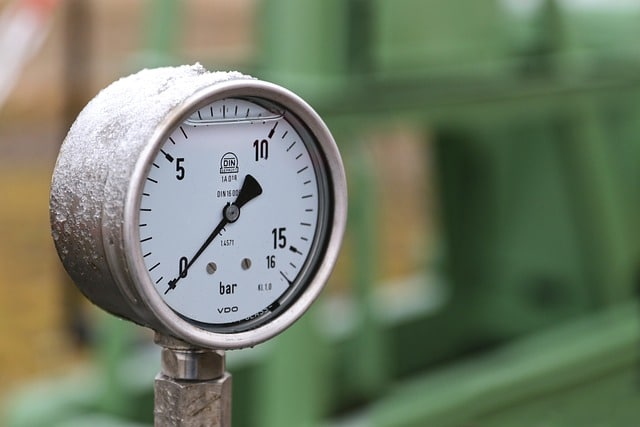
Atmospheric pressure is the force that the atmosphere exerts on the bodies found inside it.
Originating from the Latin word pressĭo , the word pressure is used to describe the result of squeezing something or causing something to be compressed . This term, therefore, refers to the force that is applied to an object and that can adjust, press, narrow or crowd.
Atmospheric , on the other hand, is that which is linked to or refers to the atmosphere (as the layer of gas that surrounds a celestial body is known). Generally, the notion of atmosphere is used to identify the layer of air that covers our planet.
These definitions allow us to understand the idea of atmospheric pressure , which is the force that the atmosphere exerts on the objects found inside it .
Study of atmospheric pressure
Throughout history, there have been many scientists and scholars of atmospheric pressure who, in one way or another, have contributed to ensuring that it can now be calculated without any problem and can be analyzed from many different points. of sight.
In this way, among the figures who contributed their grain of sand in the development of this type of pressure we find figures of the stature of the Italian physicist Galileo Galilei , the mathematician Evangelista Torricelli , the French physicist Blaise Pascal or the German inventor Otto von Guericke .
This last scientist will be fundamental in the development of the term at hand because, based on the studies carried out by Torricelli or Pascal , he established his own theories and concepts. This led him to carry out some demonstrations in 1654 about the impressive force that the atmosphere can exert on an element. These experiments, based on a copper sphere and the vacuum generated inside it, aroused the admiration of the scientific community at the time.

The barometer measures atmospheric pressure.
Calculations and normal values
It is said that the pressure of the atmosphere at a given point is equivalent to the weight of a static air structure that extends from that point to the highest edge of the atmosphere. The only way to calculate this weight accurately is by knowing the variation in the density of the air, since it becomes less dense as the height increases.
In addition to all of the above, we must make it clear that this drop in the aforementioned atmospheric pressure with height has consequences for the person's health. Mountaineers and climbers are the ones who can most attest to this fact because when they carry out their ascents they suffer symptoms such as headaches, vertigo, weakness or even intestinal problems.
A sea level, el valor normal de la presión atmosférica es de 1013 mbar o 760mmHg. Este valor equivale a 1 atmosphere, una unidad de medición que no forma parte del International System of Units pero que suele utilizarse y abreviarse como atm.
Atmospheric pressure and climate
Atmospheric pressure affects weather phenomena . If the air current is cold, it drops and causes the pressure to rise, contributing to the formation of what is known as a thermal anticyclone .
On the other hand, if the air is warm or hot, it increases and promotes a drop in pressure, which leads to the formation of a thermal cyclone and causes instability.
